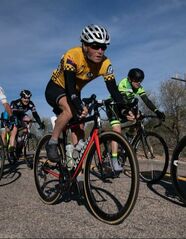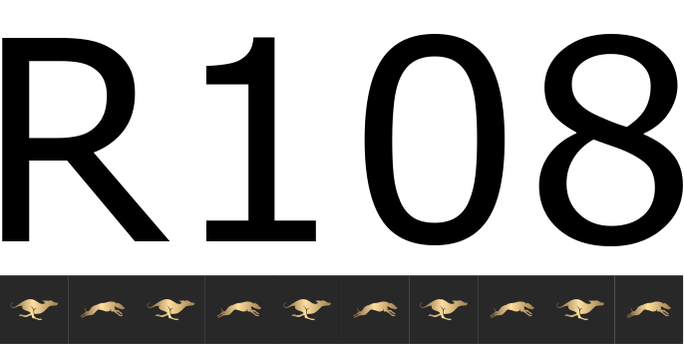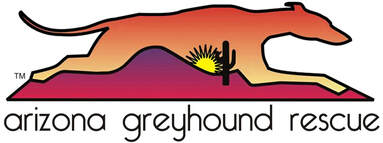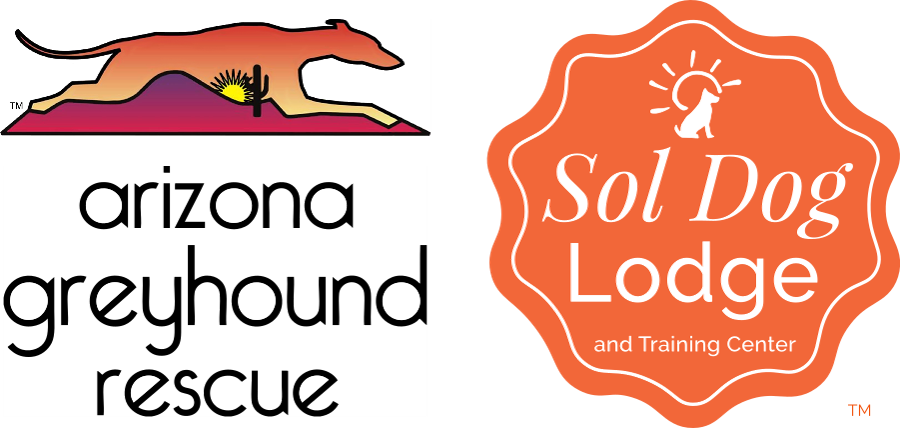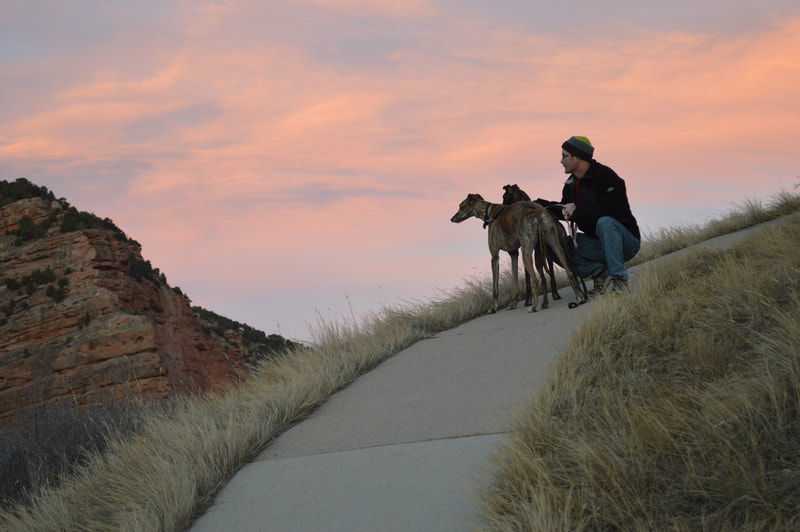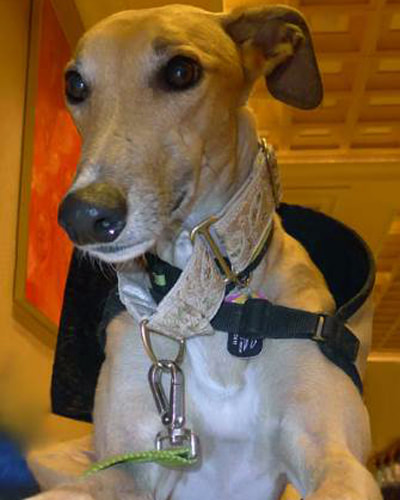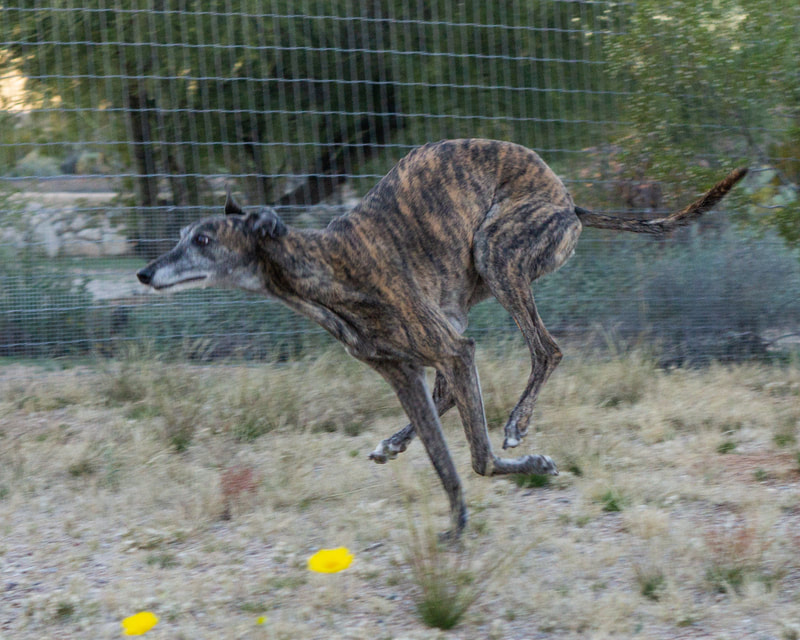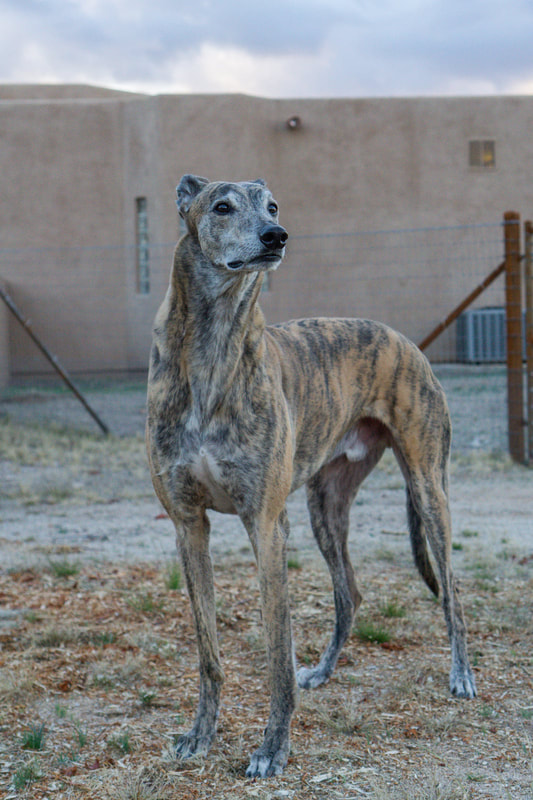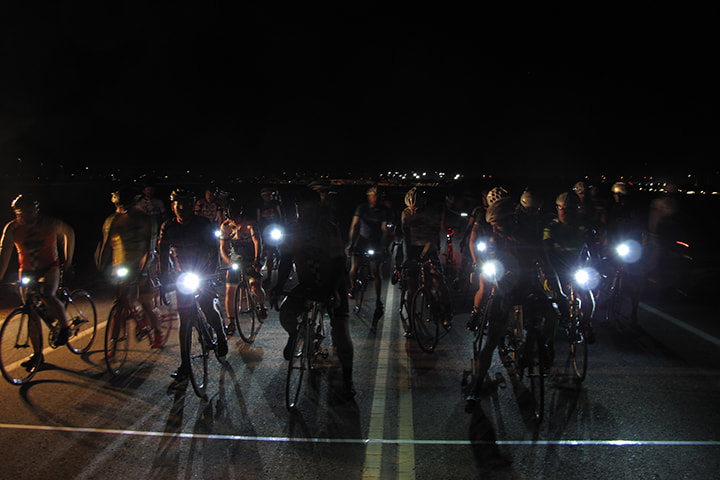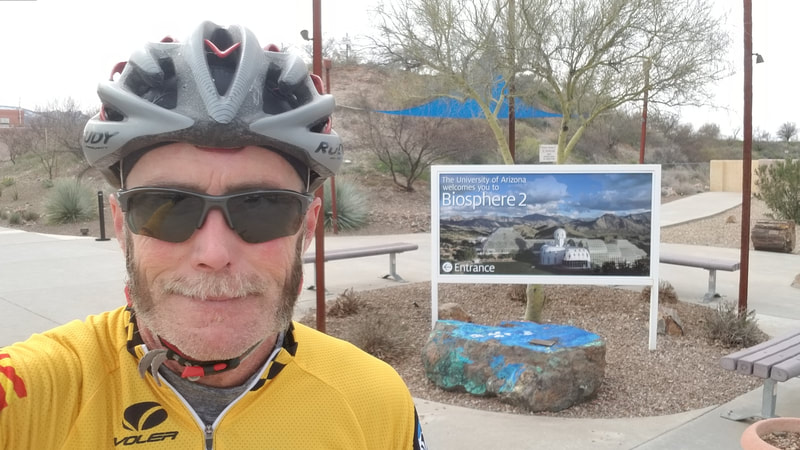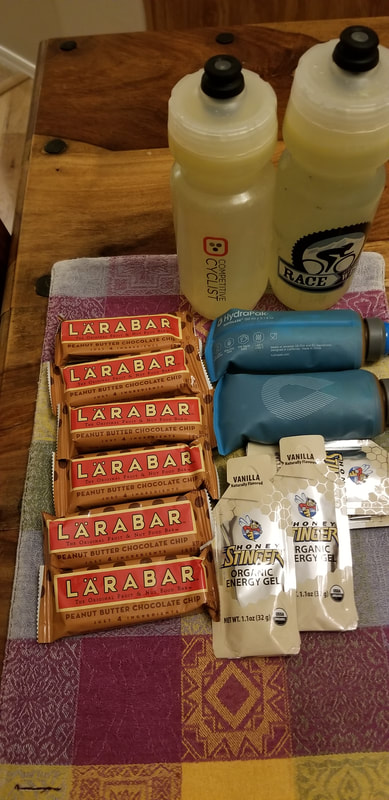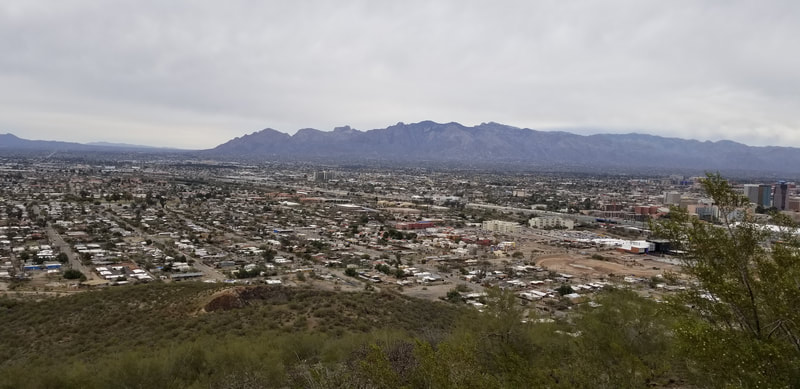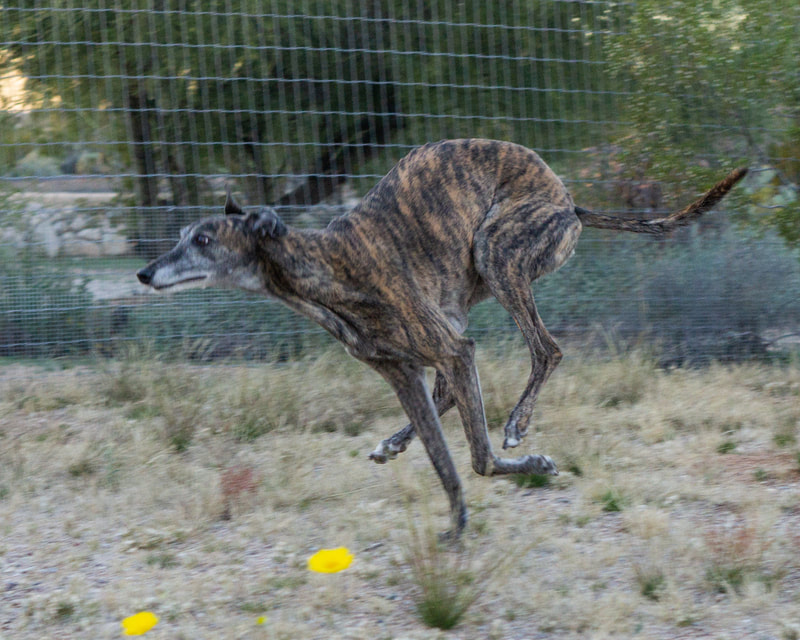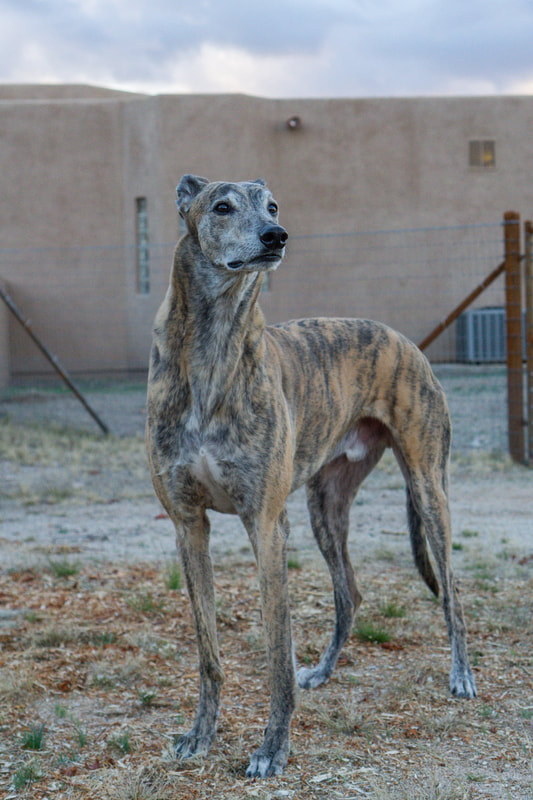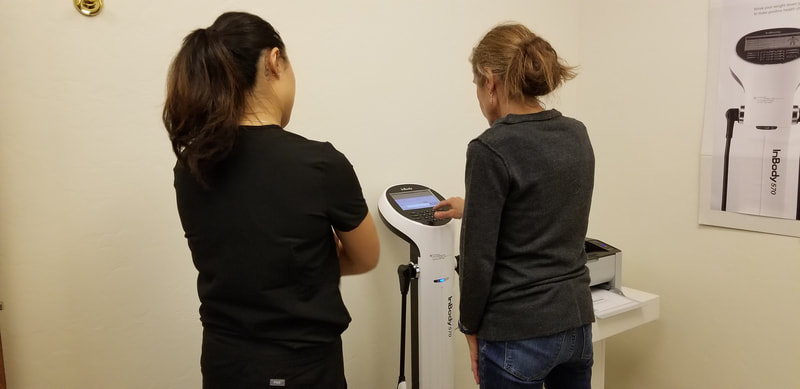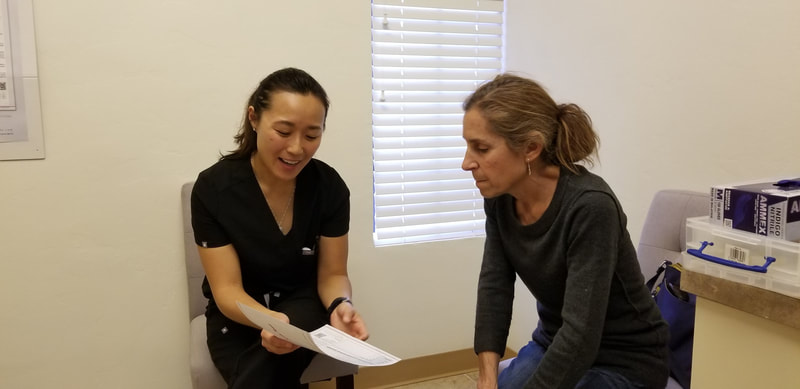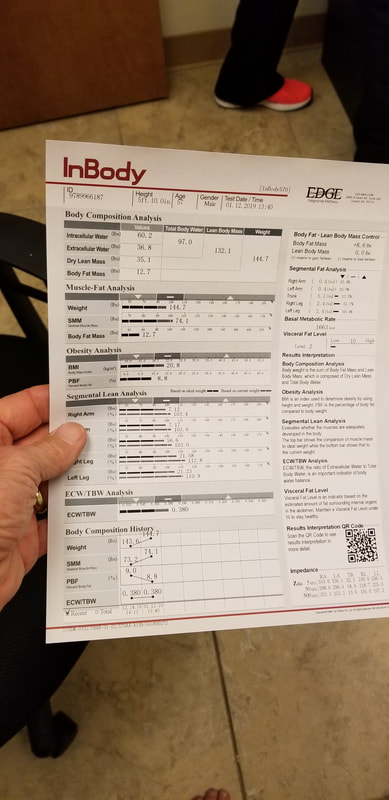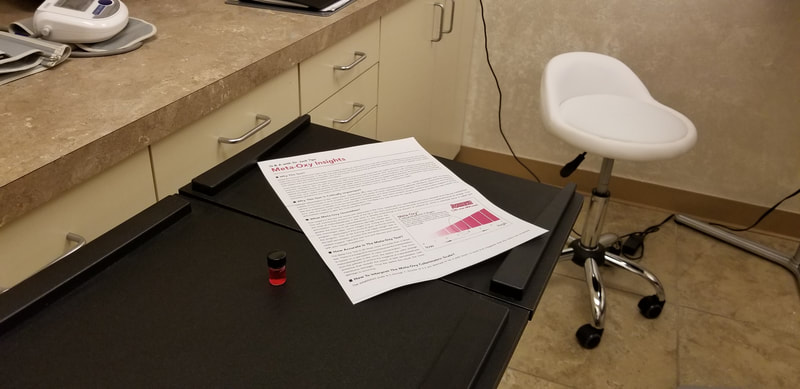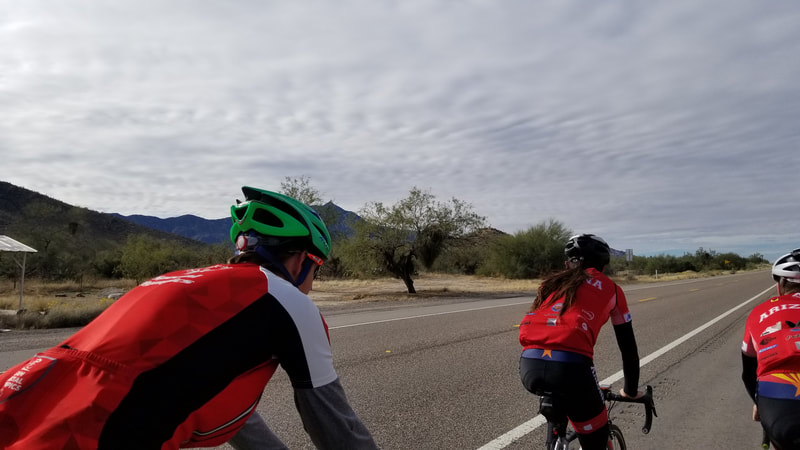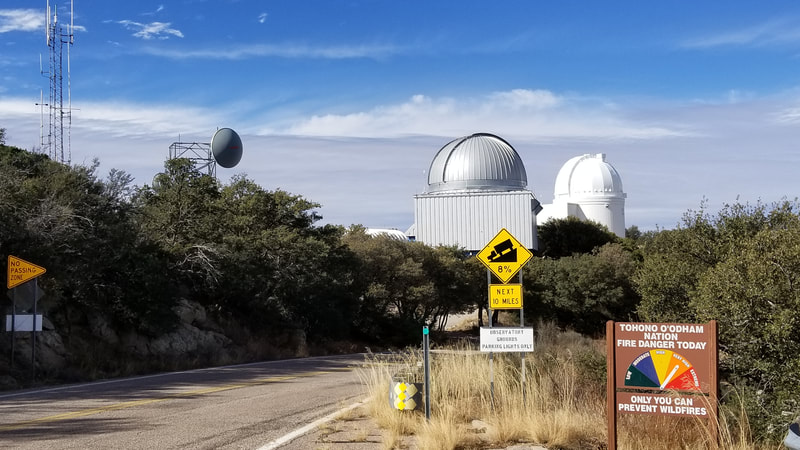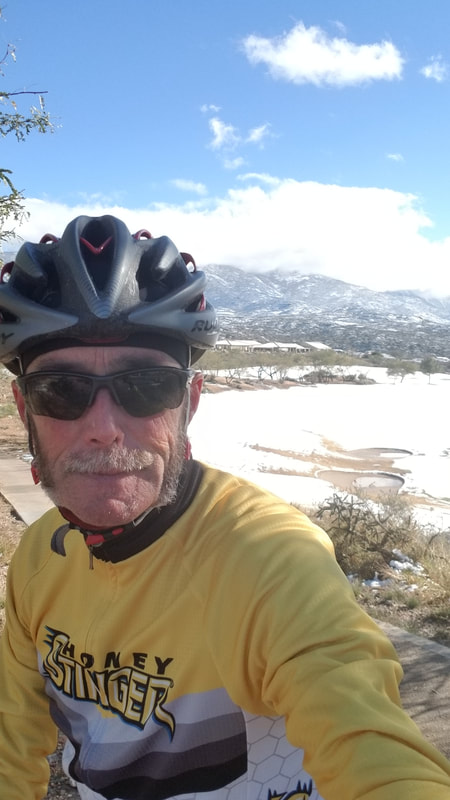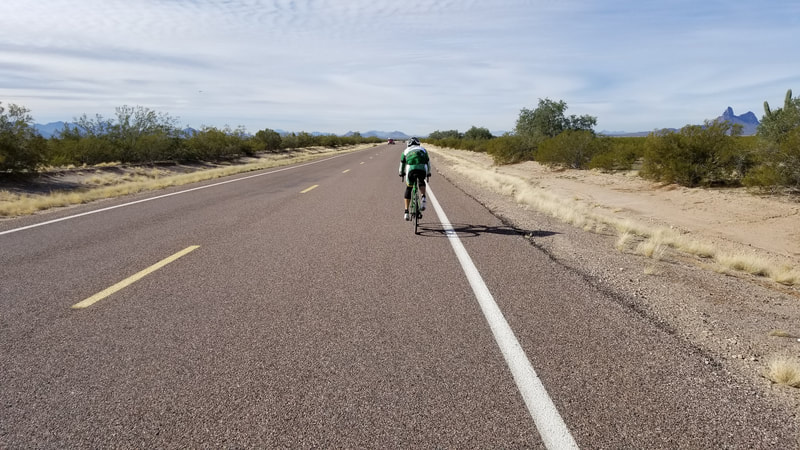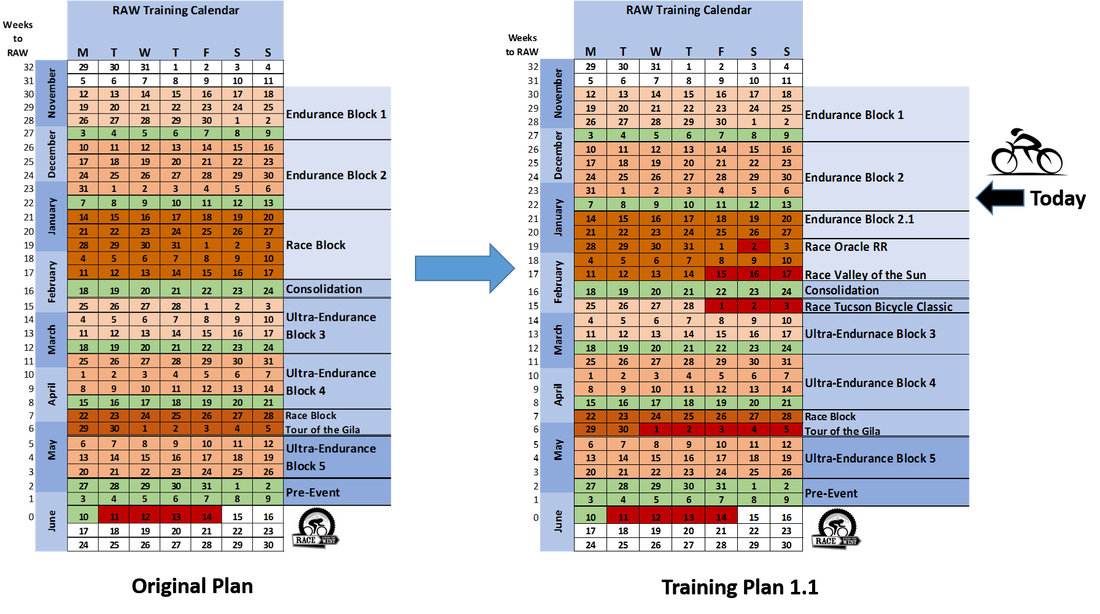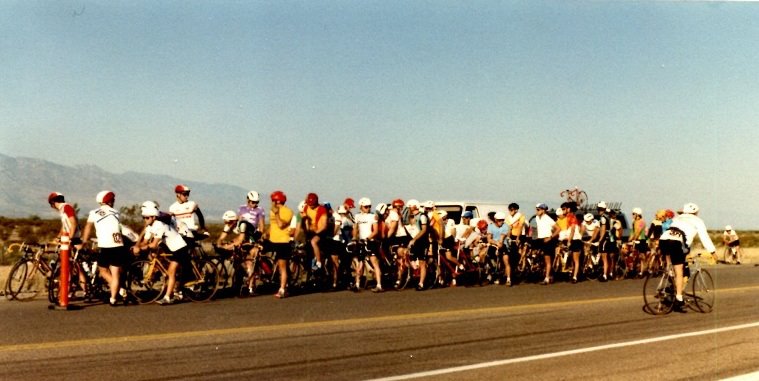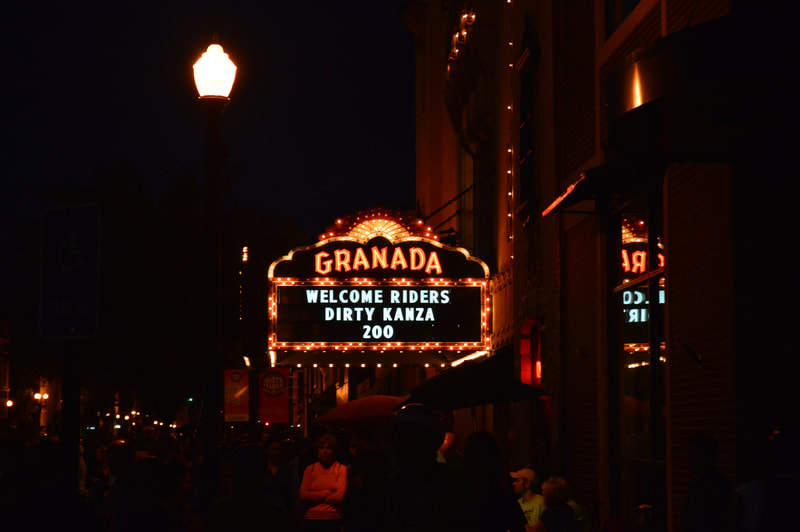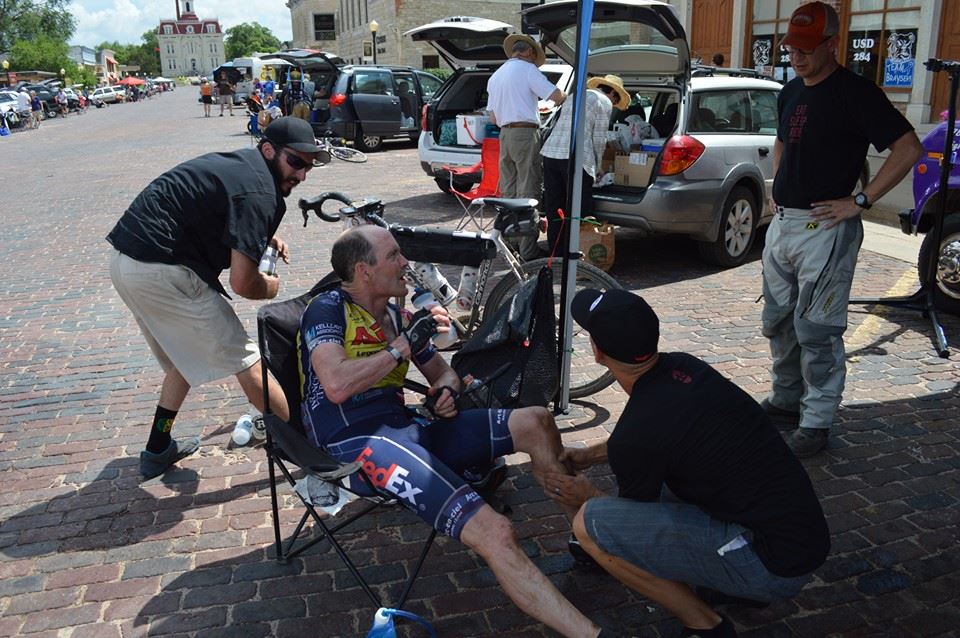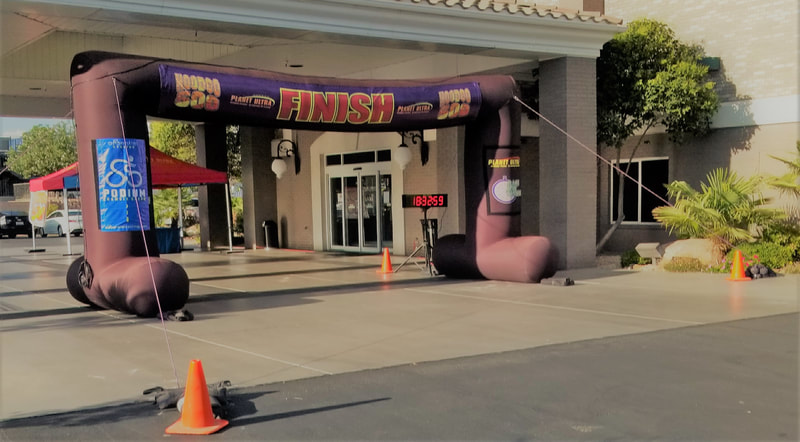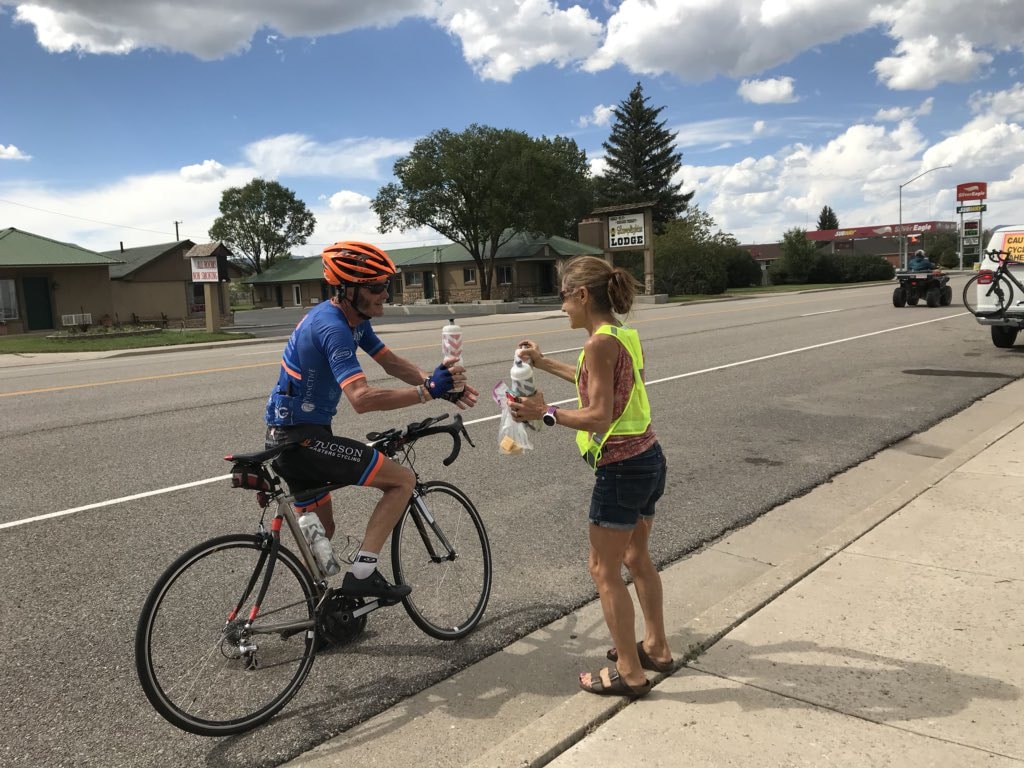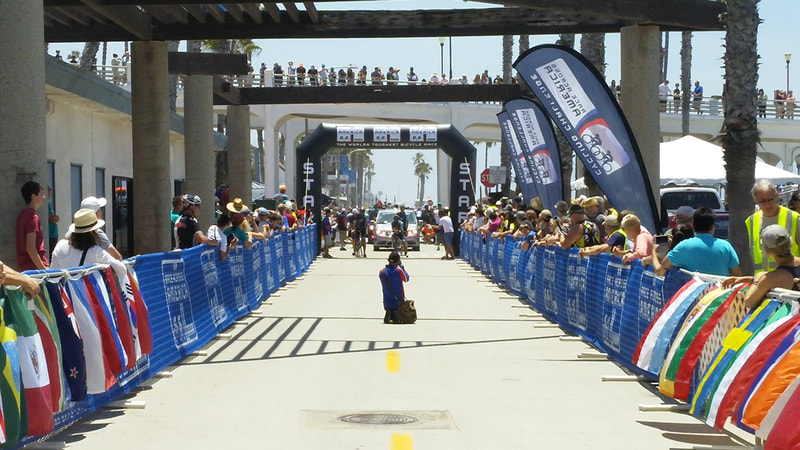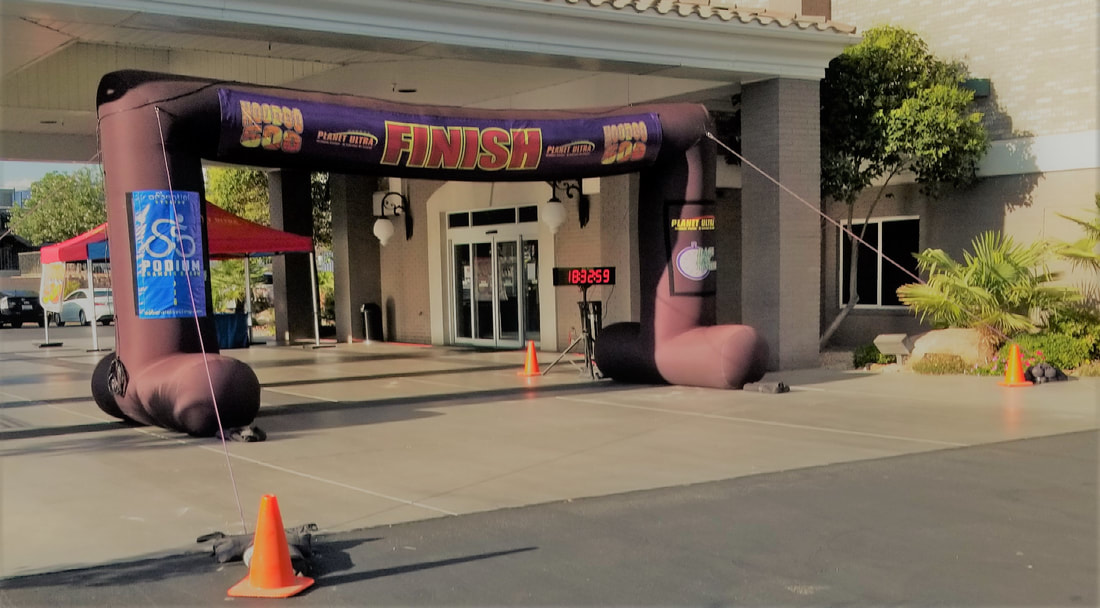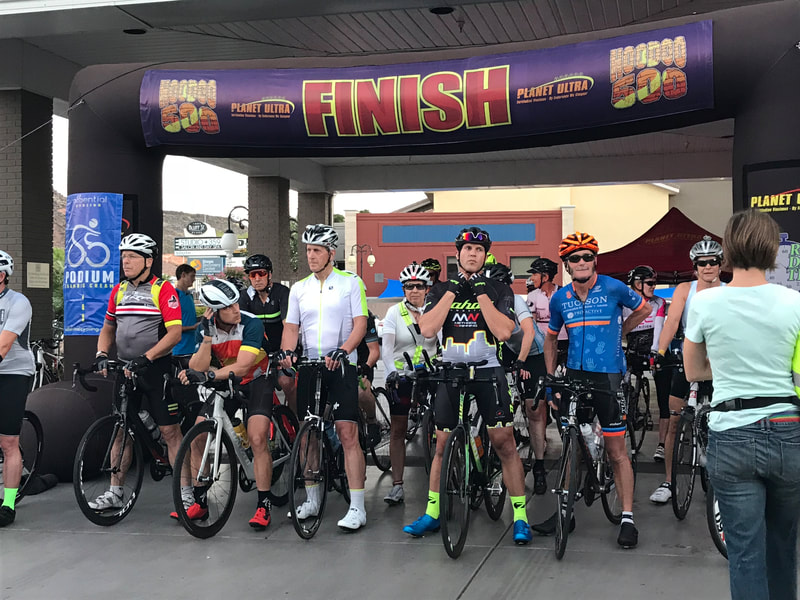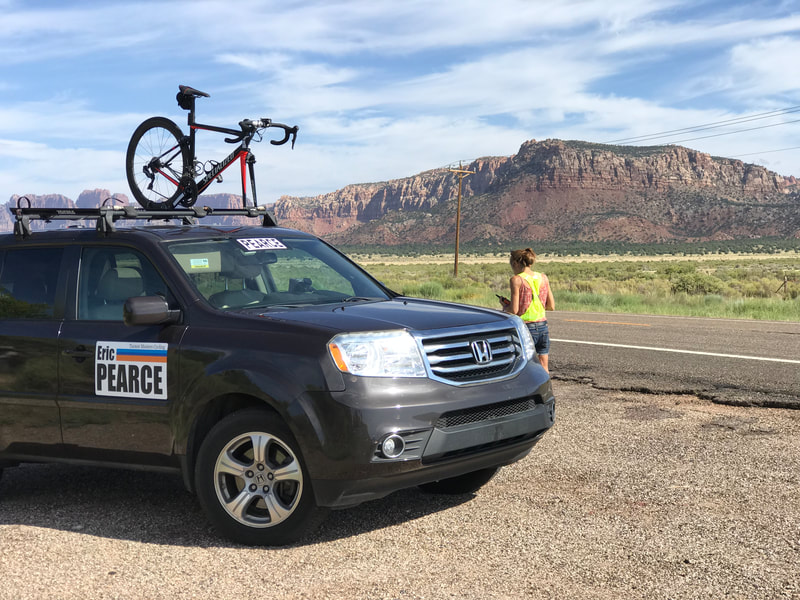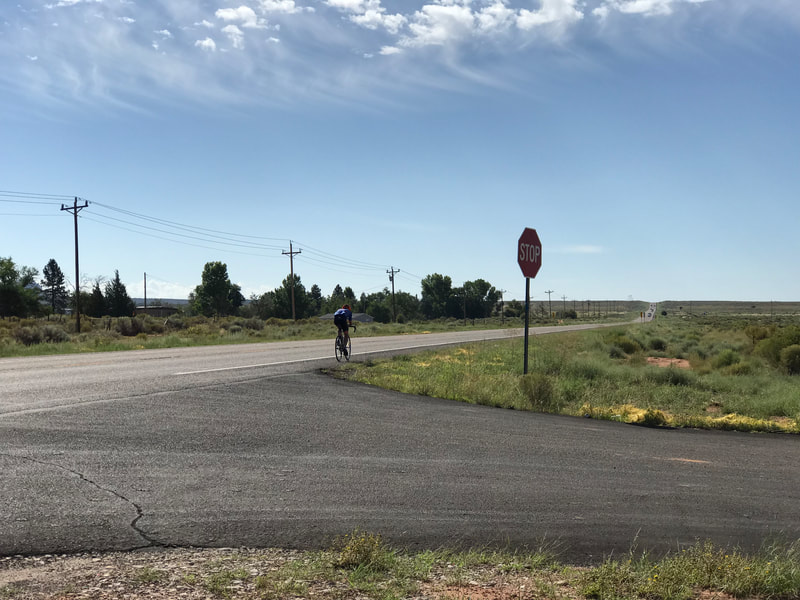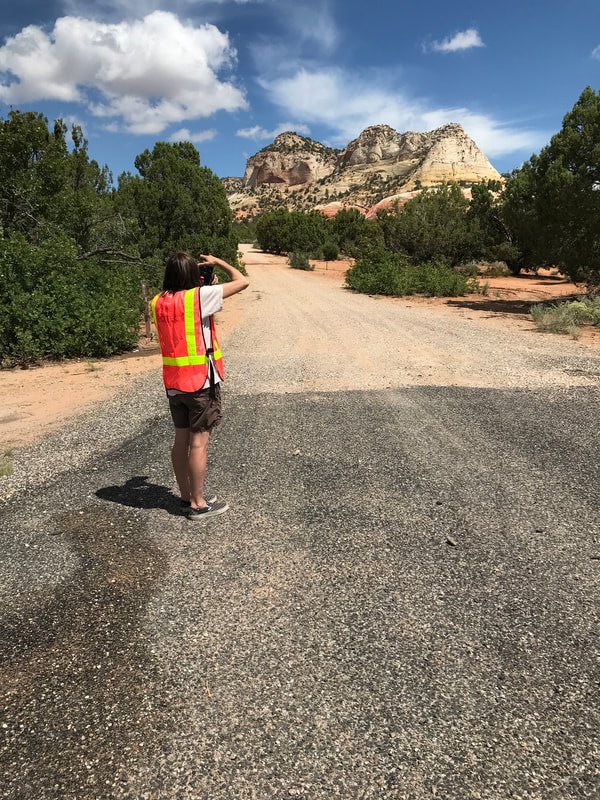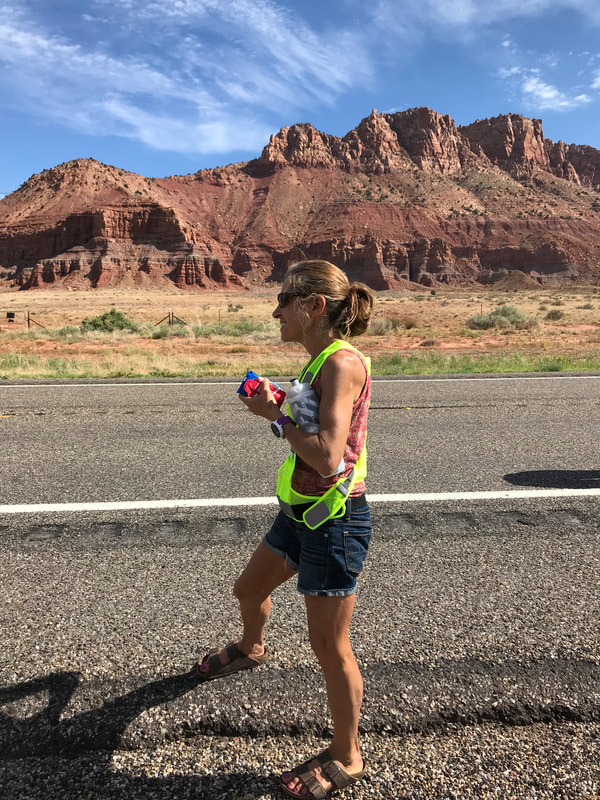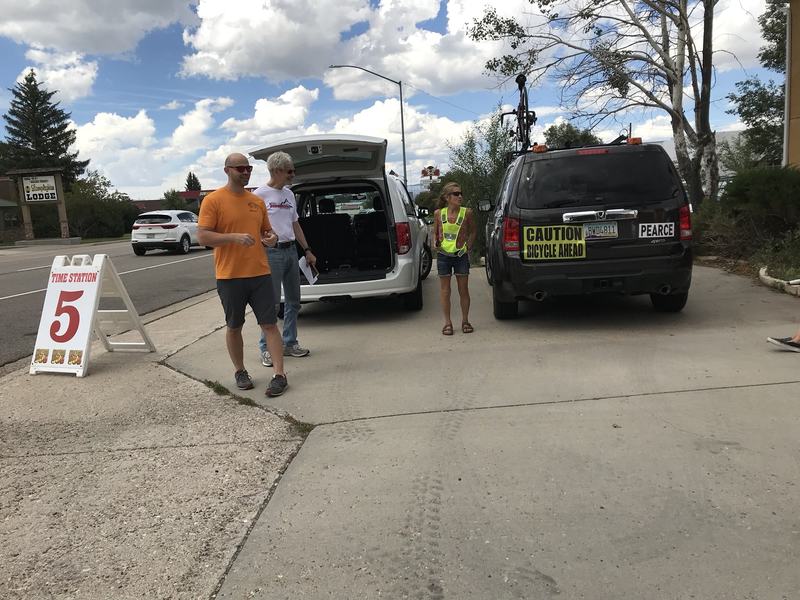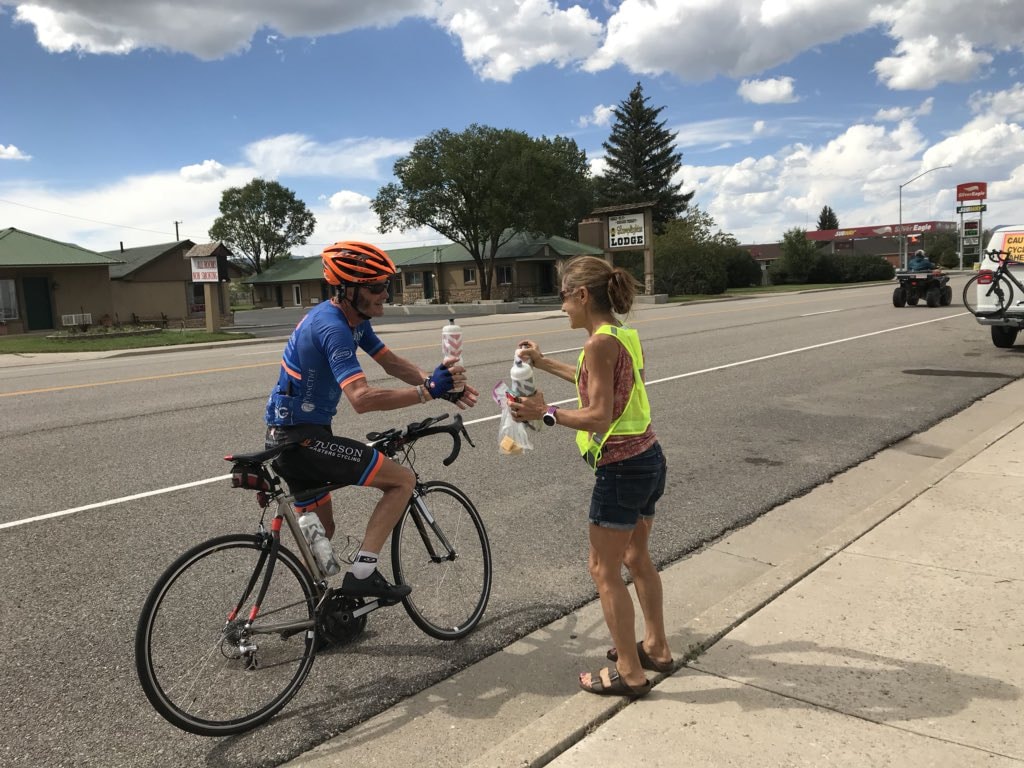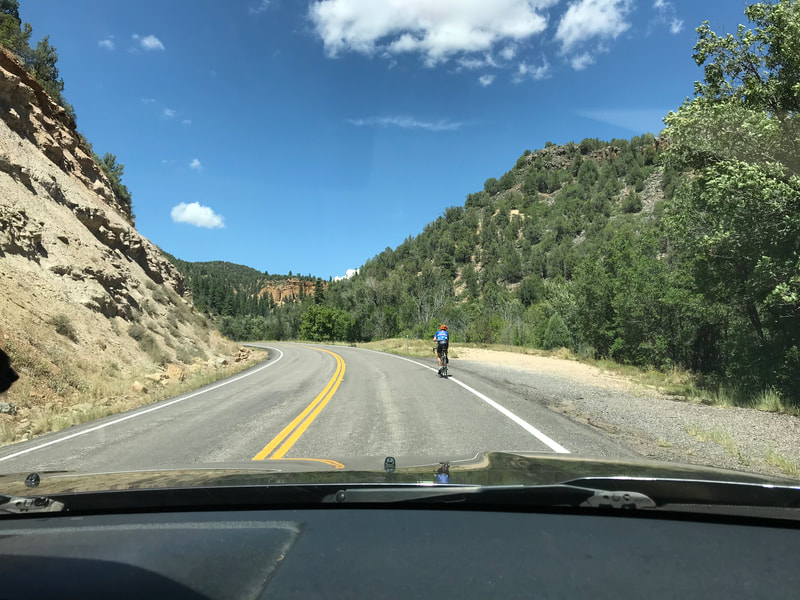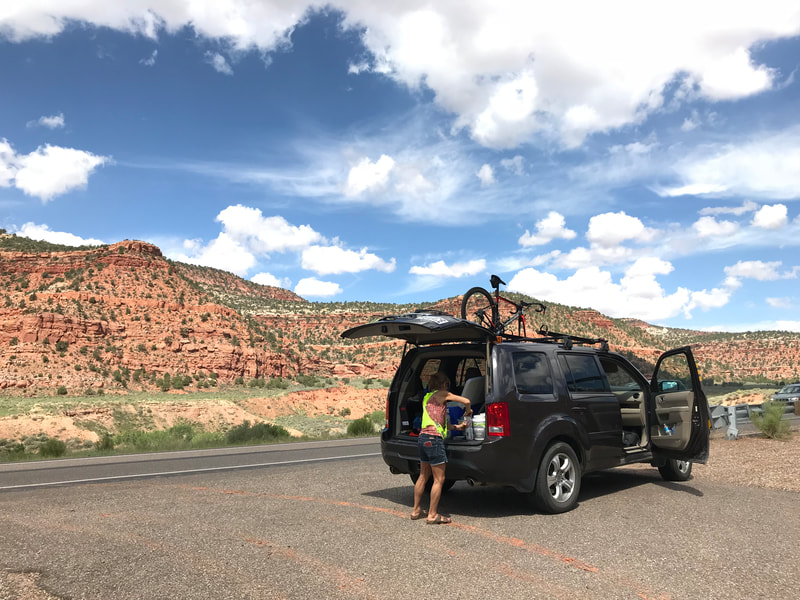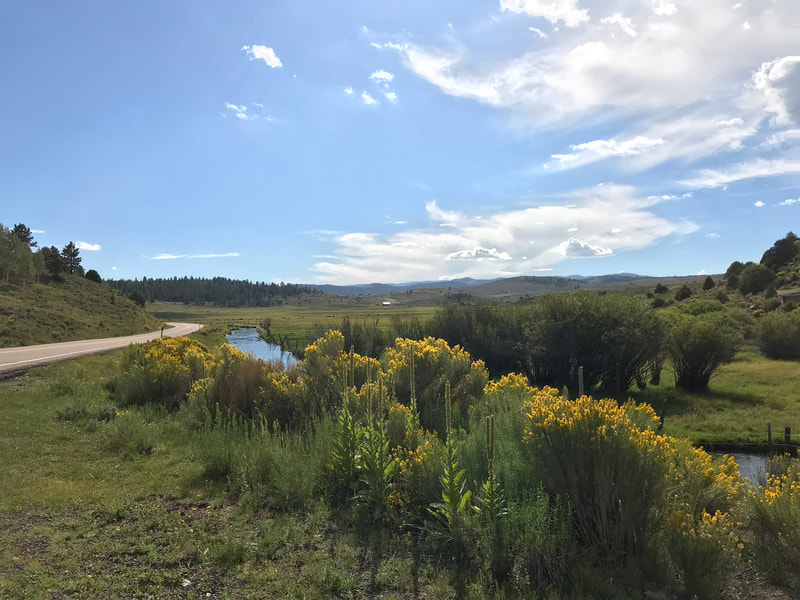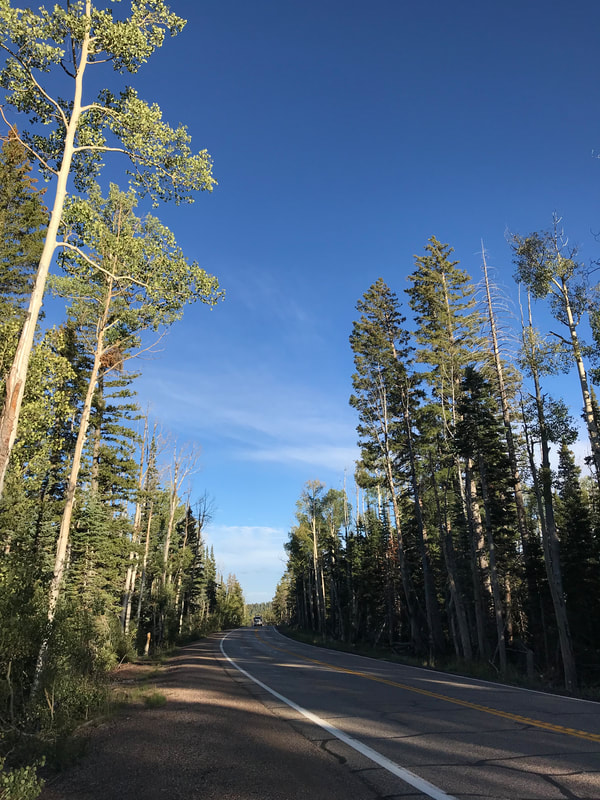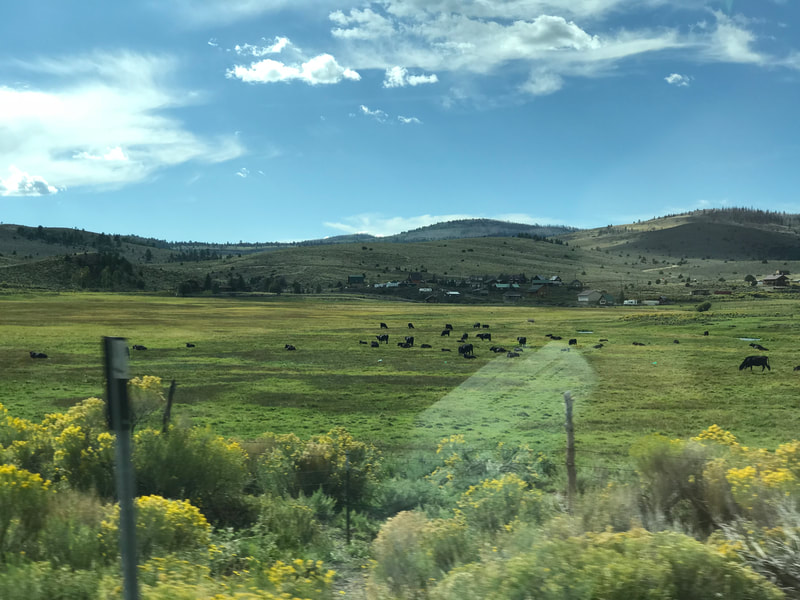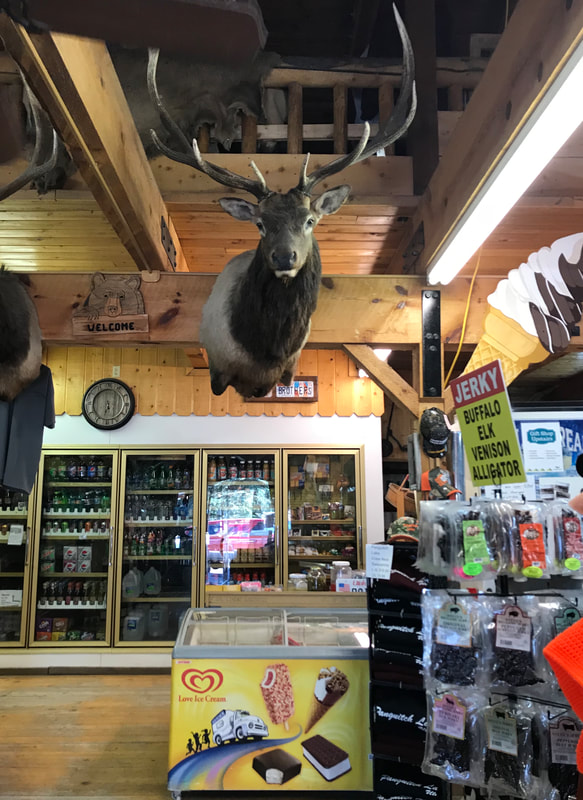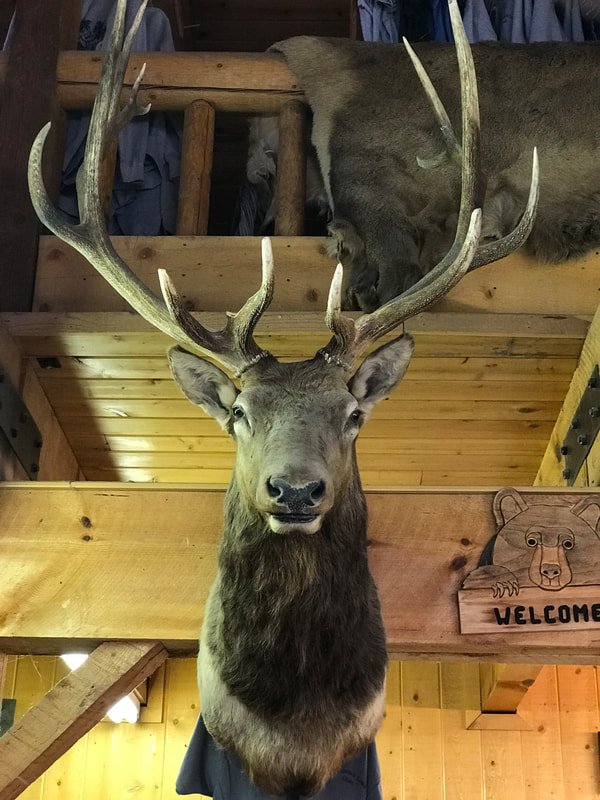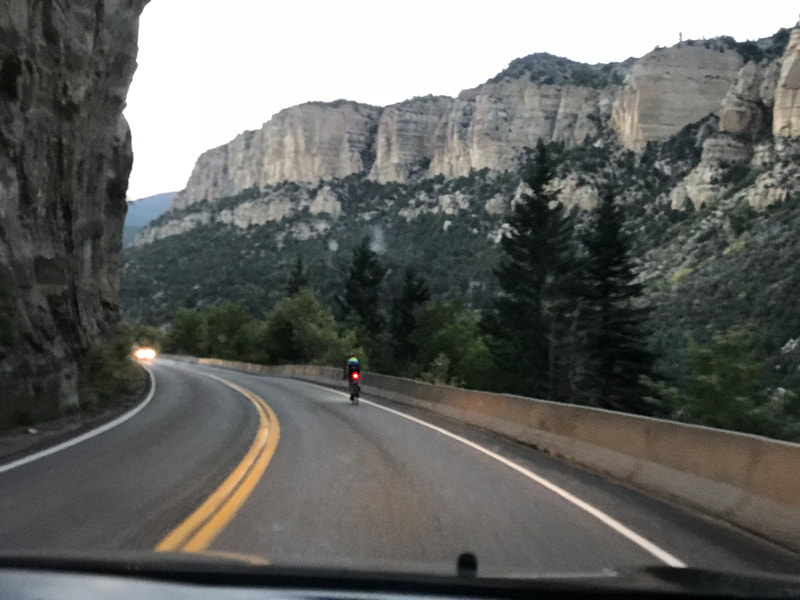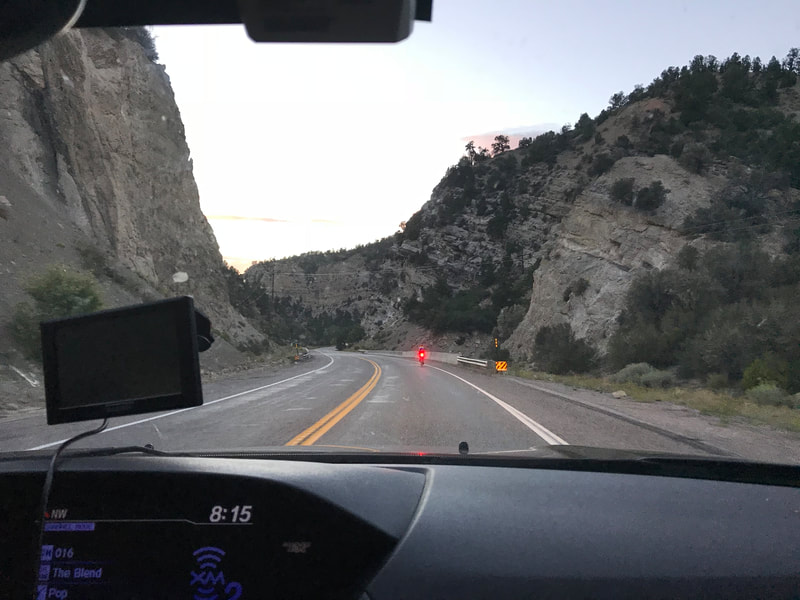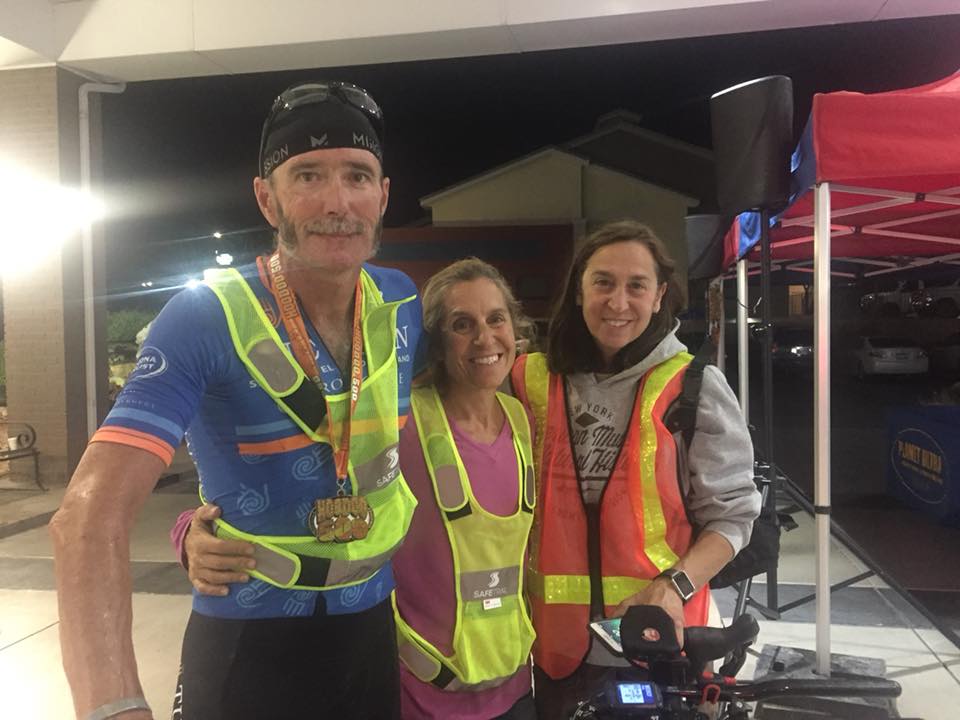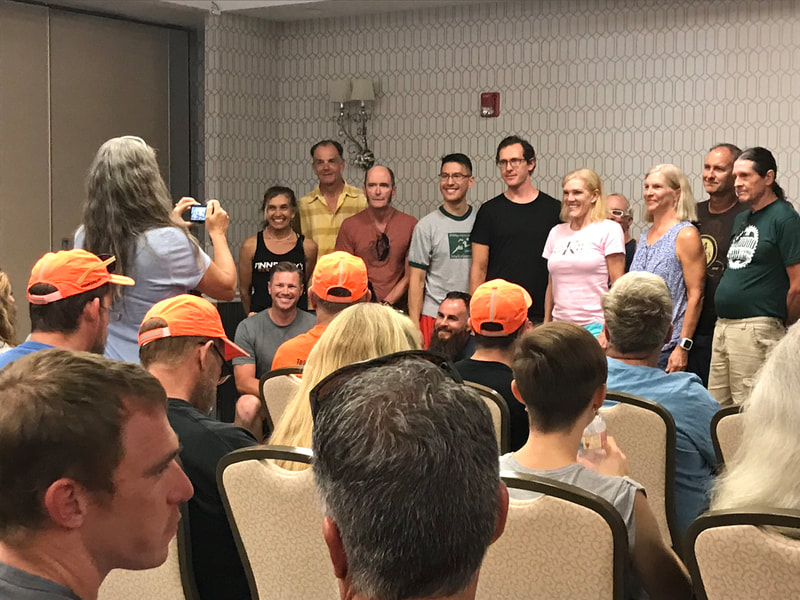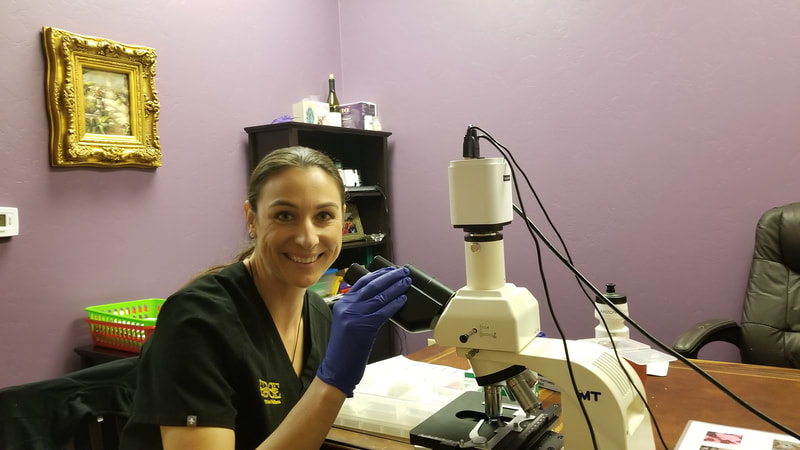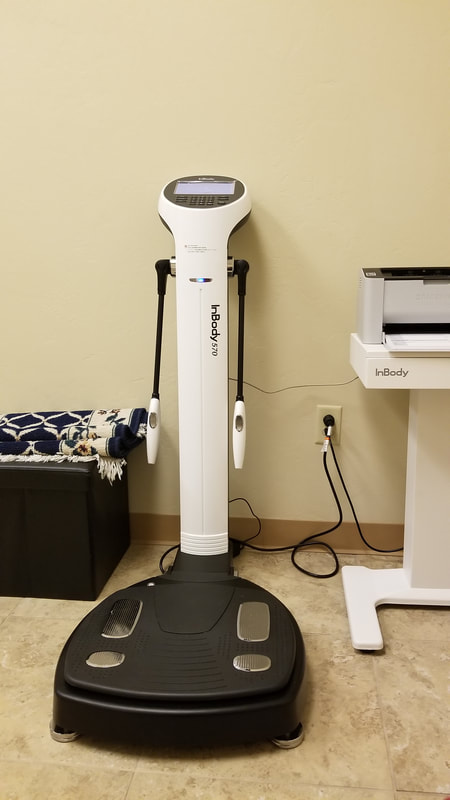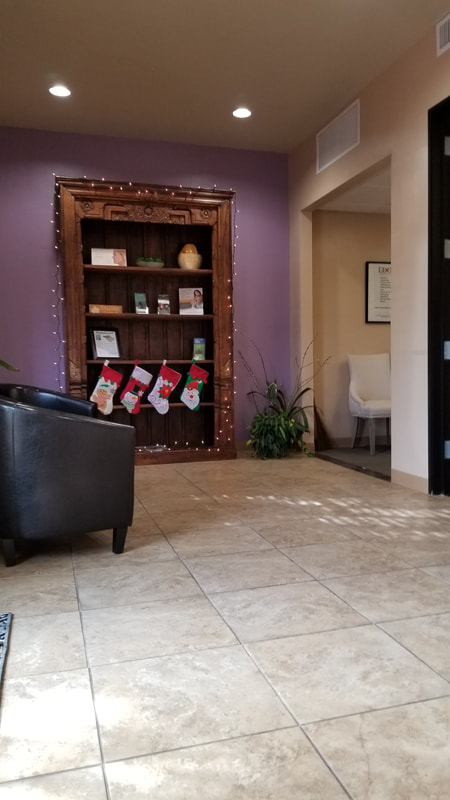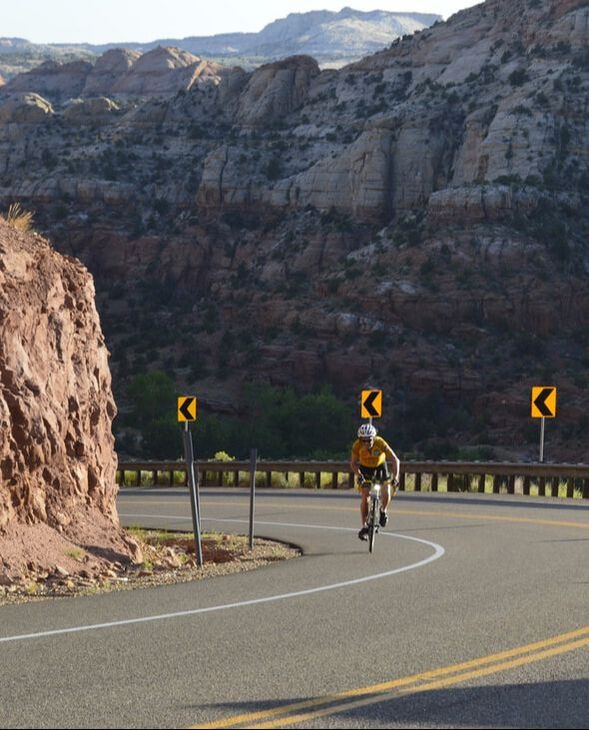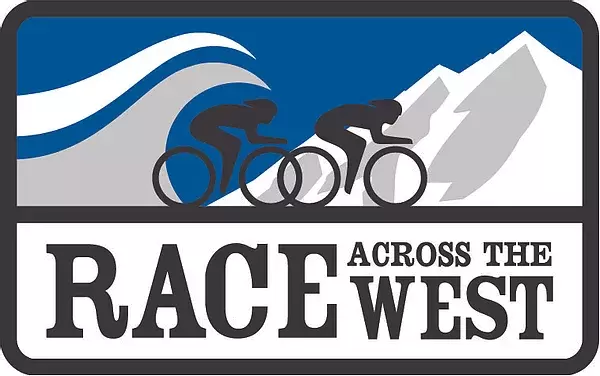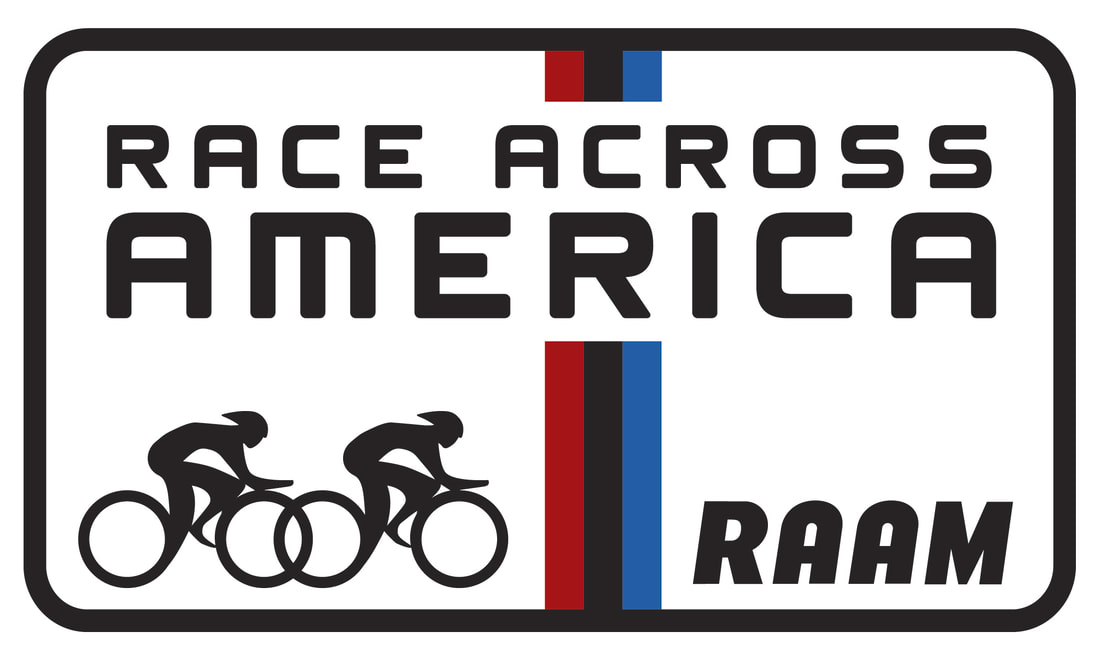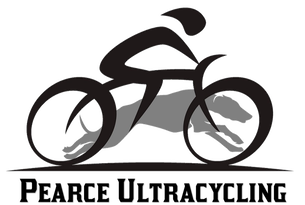|
At noon today, the RAW countdown clock ticked through 100 days. By coincidence, today also ended my block of racing in the RAW Training Plan. The next eight weeks will likely be the highest volume weeks of the buildup to RAW, and in my 34 years of cycling. Every week will push a new limit. 30 hour training weeks will become the norm. The only race remaining on the calendar is Tour of the Gila. More on that below. Its been 113 days of training and preparing for RAW since Day Zero--its been quite a ride. We even had our story about RAW in the University of Arizona Daily Wildcat.
The Next 99 DaysThe next 99 days will be super busy, and I'm sure will have its special moments and its character building moments. From a training perspective, I start the weekend triples this next weekend. By the end of the first block, I hope to have all three rides over 6 h, and have the longest of the rides up in the 10-12 hour range. The plan has five weekends of the triples, but I hope to fit 6-7 in before Gila, now that an "easy" weekend is a 5-6 hour ride. I still find it so remarkable what we can train our bodies and minds to accomplish so much--make it a new normal. I would have never thought I could become so accustomed to 20+ hour training weeks, and 100 mile rides. More daylight and warmer mornings will help. I'll be working more to get the feed on the bike up from 350-400 calories per hour to 500 calories an hour. Maria Crawford and Edge will be helping me watch my body composition and nutrition. Finally, there is still a ton of planning. About half the route now has a detailed plan up on the web site. The timesheet is also up, and has been a great tool for figuring out support, leapfrog and direct follow requirements, knowing that we descend through Jerome in the dark, and other details, and little details like the McDonalds in Camp Verde AZ closes at midnight, and Starbucks at 9:30. New jerseys with Arizona Greyhound Rescue on them will be ordered this week. Greyhounds on the kit! How awesome is that? We have an Amazon Wish List, and invite you to help if you would like to support the race and the crew. Better yet, please consider a donation to Arizona Greyhound Rescue, give one of these majestic retired athletes a loving forever home, or spread the word about Sol Dog Lodge.  My RAW Story, Day 113, 99 Days 16 hours to RAW 2019.
0 Comments
Arizona Greyhound Rescue has been operating in Southern Arizona for over 25 years. They are committed to the belief that every sighthound deserves a loving, permanent, and responsible home--their "forever home". AGR is an all volunteer organization that relies exclusively on donations and grants. In addition to placing retired greyhounds, AGR also works with local shelters to retrain and rehome all breeds, and helps place rescued sighthounds as service dogs with individuals with disabilities and veterans. The AGR Capital Campaign is supporting the development of Sol Dog Lodge. Sol Dog Lodge is part of a comprehensive plan by AGR to enable the organization to rescue and place more dogs, and to help AGR achieve growth and financial self-sufficiency. Sol Dog Lodge will be a non-profit operation that will provide kennel services for all breeds awaiting adoption, top quality daycare and overnight boarding to the public, veterinarian care, assessment and training facilities to support AGRs mission. Sol Dog Lodge will also provide emergency boarding for pet owners facing their own personal challenges that might prevent them from caring for their own companions. Sol Dog Lodge will be located just a few miles from our house in Northwest Tucson. Sol Dog is expected to break ground on their new site this summer, and open in late 2019 or early 2020. Please check out Arizona Greyhound Rescue and Sol Dog Lodge on the web. We are excited to be teaming with such a visionary organization that not only rescues greyhounds like Chevy and Napa, but does so much more for the community though Heartfelt Hounds and in the future through the facilities that Sol Dog Lodge will provide. You can expect to see more in the future as we work together over the next four months... and soon, greyhounds on the signature RAW 2019 yellow checkered race kit!  My RAW Story, day 95, 117 days, 16 hours to RAW 2019.
 My RAW Story, Day 92, 120 days 15 hours to RAW 2019. (Only four months!)
With some of the interruptions over the holidays to the training, I replanned the first two weeks of the Race Block to be more Endurance... sort of a addendum to Endurance Block 2. The first week was a bit of a bust, I missed Saturday completely, just did not feel like sitting on the bike for 8+ hours, and just stayed home. So I didn't. Somedays are like that. The next day I got in a ride around Park Link, 78 miles. Six months ago, this would have seemed like a long ride, now it seems like not much at all. This week, I got the wheels back on. My mood improved as the new RAW 2019 custom jerseys came in, Light & Motion offered to support me with discounted lighting, and I'm likely to be adding a charity partner for RAW 2019 supporting cause Cathy and I both feel passionately about. Uplifted by all of this, I finished up the block with back to back 7-8 hour rides, the first with 6400 ft of climbing, and the second with 5.5 hours of headwinds. It was a 503 mile/29 hour week of training. I'm tired.
 My RAW Story, Day 60, 152 days, 6 hours to RAW 2019.
With the New Year, the world celebrates the passing of 2018 and welcomes 2019. Perhaps no single holiday creates such a unified world-wide celebration. Tonight I also reflect on 2018, and especially look forward to the new challenges of 2019, and especially to RAW 2019 in just 161 days.
Looking back at 2018
2018 was a great year on the bike. I returned to the Tour of the Gila, a 5-day stage race in New Mexico. I did the Gila the first year in 1987, and again in 1991 and 1992. I also completed my first road ultra, the Hoodoo 300, well under my goal time of 20 hours. It was also a huge training year, purposefully preparing for both Gila and Hoodoo with 13572 miles and 29 rides over 100 miles. There is a lot to reflect on, but even more to take forward to 2019.
Forward to 2019Strength doesn’t come from what you can do. It comes from overcoming the things you once thought you couldn’t.
Completing the RAW is not about the finish, the time, or the place. It is about the journey of self-discovery and the testing of courage and character along the way. More to Learn, More to Train
RAW will have whole set of new challenges, and opportunities to learn new things, and develop myself in new ways. In enjoy the logistics and planning for the ultra (did you know the McDonalds Parker AZ is open from 5 am to 11 pm?). Multi-day events require a huge amount of planning and preparation beyond the physical training. It really is a team sport, and without the crew, you cannot be successful at it.
Nutrition is also a challenge, and new. I'm still learning, developing, and testing what will be the nutritional approach to RAW. I am convinced that the essential element is recognizing that performance and recovery are merged into a single continuous process in the multi day ultra. During sustained under-threshold activity, our muscles use several replenishable reservoirs of fuel, glycogen in our liver and muscles, triacylglycerol in our muscles, and finally the fat in our adipose tissues. Traditional endurance nutrition focuses on replenishing glycogen with high carbohydrate energy foods. More recently, Keto has discovered the weight loss benefits of low carbohydrate diets that adapt the body to derive energy from fat and encourage lipolysis (the conversion of fat in the adipose tissues to energy). Carbohydrates are avoided as they promote the release of insulin that in turn inhibits lipolysis.
I'm convinced the key to ultra-nutrition is to feed all the replenishable energy stores with a mix of simple and complex carbohydrate, and fat in the form of medium and long chain triglycerides (MCTs and LCTs). It's a blend of aspects of Keto and traditional high-carbohydrate feeding. LCTs are dismissed by most, as they take hours to digest, but remember RAW is a >70 hour event, RAAM over 250 hours). MCTs can be difficult to digest, so I'm adding MCT oil to the oatmeal, and into my homemade keto butter/honey gel. So far, my stomach seems to tolerate the MCT pretty well. The possibility of inhibiting lipolysis with carbohydrate feeding is not relevant as I am not trying to lose weight. If I am feeding with enough fuel, inhibiting lipolysis is a good thing. I already know that eating more fat on long rides leaves me feeling better longer. Those calories are clearly available to me, or I would be suffering the bonk big time late in the training rides. Ironically, Eddie B. in his classic 1985 book Bicycle Road Racing: Complete Program to Training and Competition stressed the need for real food, even advising riders eat tiny meat and cheese sandwiches in long road races. Now I'm introducing MCTs into the on-bike feed, and reading more research.
Why?
I'm often asked why I would want to ride my bike 928 miles non-stop for three days, and ultimately try to ride 3000 miles for 10-12 days. I am convinced that understanding why is an answer everyone must discover for themselves. Many who ask don't really seem to consider the either the answer or the question. I've already heard the common "Oh, that's only 10 mph" response. Perhaps it's just too abstract. I know for me, RAW, and if I ultimately attempt RAAM, will be about the self-discovery. Its about setting audacious goals, planing, preparing, then executing and achieving. The experience will reveal inner truths and character that would not otherwise be exposed for self-inspection. RAW will leave a trail of memories, challenges, special moments and difficult moments. There will be shared experiences with the crew and stories that will be told and retold. We will relate the stories to others, but will never be truly able to share them in the full richness.
As a final thought, consider this. When I was reading the RAW directions, and skipping ahead thinking about RAAM, I found this simple instruction:

My RAW Story, Day 51. 161 days, 2 hours to RAW 2019. This recap of my second ultracycling race, the Hoodoo 300 in August 2018, was originally posted on the Tucson Masters Cycling website shortly after the event. Its been expanded a bit here and some additional photos and retrospective observations added. Hoodoo was a great event and experience, and was the catalyst for re-energizing my dream of attempting RAAM someday.
Leaving Panguitch (156 miles), there is a tough little climb as you gain 2000′ up into the mountains heading toward Duck Creek. Bill Packard (Phoenix) and I must have passed each other 6 or 8 times through here as we both suffered a bit and had to stop for food. Bill had been hovering 3 minutes up on me most of the last 160 miles
Turning left towards Mammoth Creek, we joined the Tour of Utah Stage 2 route. I picked up a baggie of potato chips from my crew, and started down the Black Rock Canyon descent, named for the young lava flow defining the left side of the road. I was in a rush by this point, hoping to summit the top of Cedar Canyon so I could descend into Cedar City before dark. Descending Black Rock Canyon at 35-40 mph, eating potato chips, I looked to the left and there was the cliffs in Bryce Canyon, brightly lit with the red sunset across a huge meadow with a herd of antelope! Epic… 180 miles, 11 hours on the bike, descending into the evening, 57 years old, still moving well and feeling good, wildlife, awesome scenery. That made the top ten list.
The crew finally arrived, more bottles, more snacks, and I headed out solo, while they crew got gas, and had the most delightful time blasting down the gentle descent toward Newcastle. This was the first moment where I was really certain I had this-I would finish. Soon, the radio announced the crew had rejoined, and they took up follow, with twin orange lights on the roof, and the slow moving triangle. Oddly, Henry Mancini’s “Baby Elephant Walk” popped into my head. It would become a bit of a touchstone keeping me rolling through the night, over the final two climbs, and back into St. George. It’s a great little tune.
Looking back, Hoodoo was a great confidence builder. Finishing my first 300+ mile seemed to most be to an audacious goal. I remember telling a racing friend of mine who said it "seemed like too much", that if it did not seem like too much, it would not be what it is". Planning, preparation, and execution led to a successful ride. My original plan to do Hoodoo 500 in 2019, RAW in 2020, and RAAM in 2021 was accelerated as a result. Now the goal is RAW 2019.  My RAW Story, Day 47. 165 days, 17 hours to RAW 2019.
Kitt Peak is an awesome climb, and underappreciated compared to the more popular Mt. Lemmon. The fact that the Mt. Lemmon climb starts from the edge of town, while Kitt Peak is a 40 mile ride to the base is probably the reason. But, Kitt Peak is a spectacular climb, 12 miles at 5-8%, nice wide smooth roads, and almost no traffic. Riding with the UA cycling and triathlon guys was a real pleasure. I started cycling seriously 32 years ago when I was in college, so it's like a journey in time to ride with them. I feel blessed to be still be able to keep up with college cyclists. Seeing first hand the impact collegiate cycling has on the sport, and these guys college experience was just fabulous and this led to several very enjoyable conversations along the way. Assessing the week, it feels like a great start. The Edge evaluation and Maria Crawford's support Friday (see my previous Blog on that here), and Sunday's epic ride up Kitt Peak is a great start. The progression on the weekend doubles is on track. It still leaves me doing the math twice when I realize I rode 112 miles Saturday, 144 today, and 477 miles this week--but the training plan has made that feel pretty straight forward. I'm tired tonight, but its about the level of fatigue I feel like I should have. I'm still not eating enough on the bike... I "only" ate 2520 calories on the bike today, that's 325 calories an hour. The ride was 4790 calories! That deficit over the course of a RAW day would accumulate to almost 7000 calories, and over the entire event to 21,000 calories. I still need to eat more, even if my riding partners already think I am this overpacked rolling panty. Next week, I start experimenting with my homemade Keto Butter/Honey Stinger Gel combo. I'm hoping this will get the carb/fat ratio I want, and the caloric density I can carry.  My RAW Story, Day 36. 176 days, 16 hours to RAW 2019.
I have an accurate assessment of my body composition: 9% body fat, and detailed knowledge about my hydration and body composition with her InBody 570. The device was really amazing, and no more invasive than getting weighed barefoot while holding handlebars. Through the blood examination I learned I can do better with micronutrients, improve my food absorption, and should eat more good fat. Maria could tell all that by studying my blood samples through the microscope while I followed along on a video monitor and she explained what she was seeing. Even before today, Maria and Edge had been helping me understand the need for more fat, both on and off the bike, which has helped me craft the feeding approach on the bike. Those of you that know me know that I am hard to impress--today I was super impressed. Check out the videos below, and the Edge Facebook feed.
I'll be introducing the RAW 2019 crew shortly, but am thrilled to know that Maria will be along for the RAW 2019 as a key member of the crew. Her nutritional knowledge will be invaluable, and she is a gifted athlete as well. If we have a medical emergency, we will have her there as well. I've always strived to build teams with the best people, and I'm really humbled by the team we are assembling for RAW 2019 (and hopefully RAAM 2020/2021). All I need to do is keep the bike moving east.

My RAW Story, Day 34. 178 days, 16 hours to RAW 2019.
|
Eric PearceMy interest in ultracycling dates back when I first started seriously riding a bike in college in the early 1980s. This is my RAAM story preparing to compete in the Race Across the West in 2020 and RAAM 2021. Archives
April 2023
Categories |

